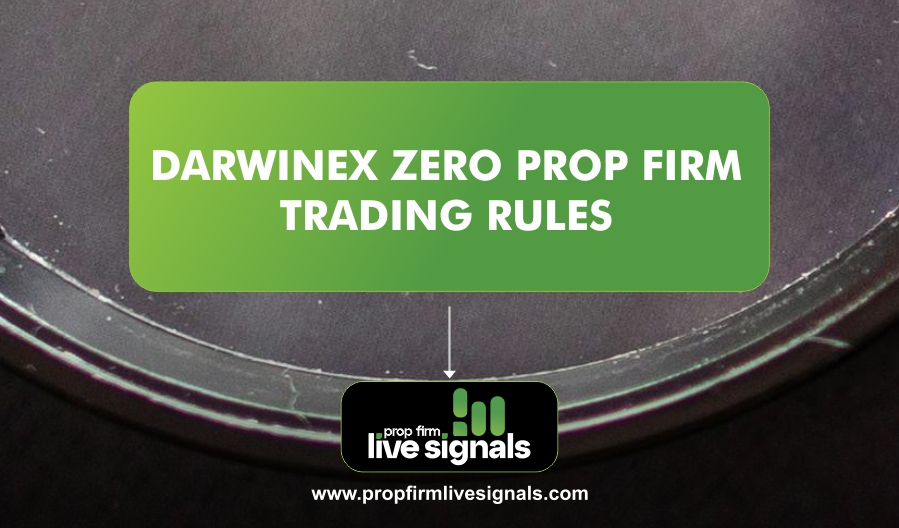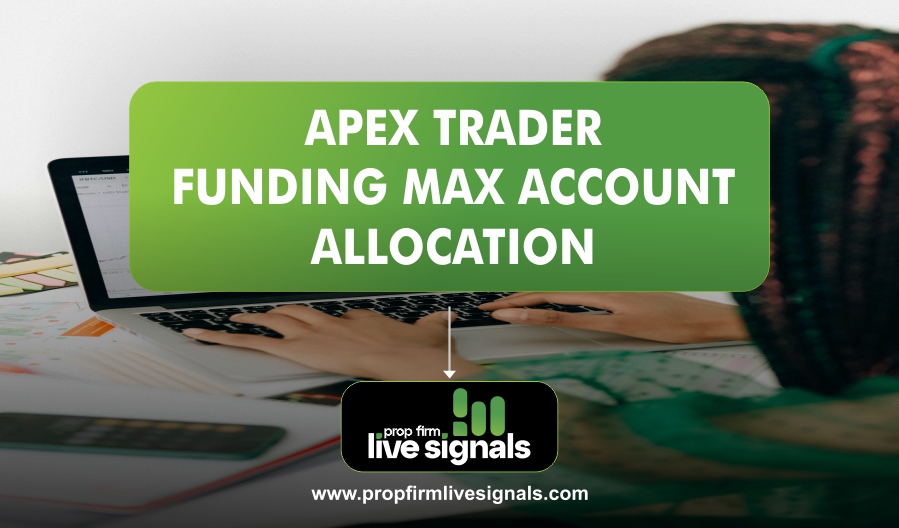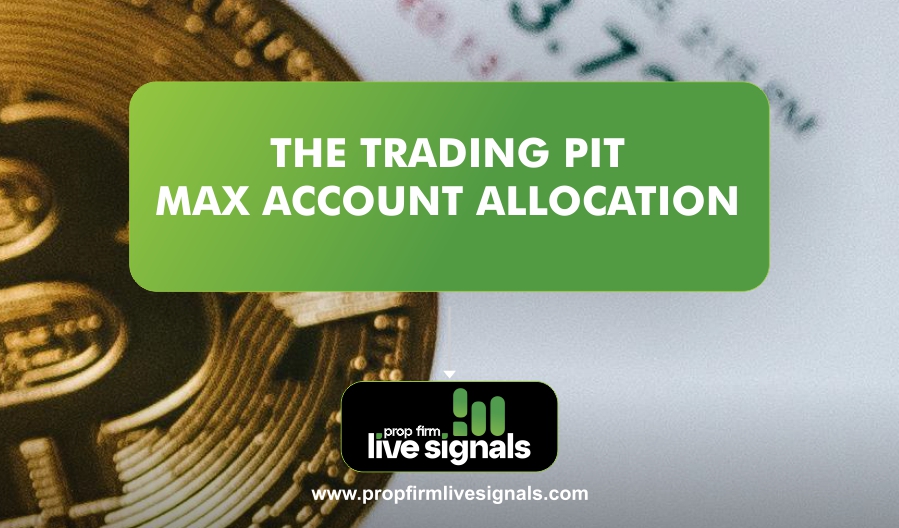Traders at The Trading Pit use the firm’s capital, following clear rules and proving profitability. These rules protect both parties’ funds and promote a disciplined approach. By following The Trading Pit Trading Rules, traders can refine strategies, improve performance, and move closer to securing a funded account.
Key Features of a Prop Firm Trading Account
Before diving into the specific rules, it’s Important to understand how trading at a prop firm differs from traditional retail trading accounts:
- Capital Access: Prop firms provide traders with a larger capital base, allowing them to execute trades with more significant positions than their personal capital would allow.
- Profit Split: Traders usually keep a percentage of the profits they generate, with the firm taking a portion of the profits (often 50-80%).
- Risk Management: The firm provides risk management tools and parameters to ensure that the trader does not exceed a set amount of risk.
- Training & Resources: Many prop firms offer training programs, webinars, and other resources to help their traders improve their skills and strategies.
The Trading Pit Prop Firm Trading Rules
1. Risk Management Rules
One of the main features of prop firm trading rules is the strict emphasis on risk management. The Trading Pit Prop Firm has stringent rules to help protect both the trader and the firm’s capital. Here are some of the key risk management rules:
- Daily Loss Limit: Traders are given a daily loss limit that they cannot exceed. If they reach this limit, they will be automatically stopped out and disqualified from trading for the day.
- Maximum Drawdown: This refers to the largest loss a trader can sustain from their highest point of equity before being stopped out. Prop firms typically set a percentage for the maximum drawdown (e.g., 5% or 10%).
- Position Sizing: Traders must adhere to the firm’s rules on how large a position they can take. For example, The Trading Pit Prop Firm may set limits based on a percentage of the trader’s account balance to prevent risking too much capital on one trade.
- Leverage Limits: To reduce the chances of excessive risk, prop firms may limit leverage, ensuring traders cannot trade too aggressively.
2. Trading Hours and Session Rules
At The Trading Pit Prop Firm, traders are expected to follow specific trading hours. These hours often correspond to when the financial markets are most active. Different trading instruments have different optimal trading times, and adhering to these rules can help traders take advantage of market volatility.
- Market Open & Close: Many prop firms require traders to focus on major trading sessions like the New York or London sessions. This helps ensure liquidity and optimal trading conditions.
- Trading During High Volatility Events: The firm may have rules about trading during high-impact news events, as they can be risky and lead to significant market moves. Traders may be advised to avoid these events unless they have specific strategies in place.
3. Profit Split Agreement
The profit split is one of the most crucial aspects of prop firm trading. Typically, traders keep a percentage of the profits they make while the firm retains a portion. The Trading Pit Prop Firm has a transparent profit-sharing model that is fair to both parties.
- Percentage Split: Traders usually earn between 50-80% of their profits, with the firm keeping the rest. The exact percentage may vary based on the trader’s experience and performance.
- Scaling Up: Successful traders often have the opportunity to scale up their trading capital over time. If a trader consistently generates profits, the firm may increase their capital allocation, allowing them to trade larger positions.
4. Evaluation and Performance Criteria
To become a funded trader at The Trading Pit Prop Firm, traders must undergo an evaluation process. This ensures that they are qualified and capable of following the rules and trading successfully. Here are the key components of the evaluation:
- Consistency in Profits: Traders must demonstrate consistent profitability over a certain period to qualify for a funded account. This typically means achieving a specific percentage return on the demo or evaluation account.
- Risk Management Compliance: Traders must prove that they can manage risk by adhering to the loss limits, drawdown rules, and position-sizing limits.
- Trading Strategy: The firm wants traders who can develop and execute strategies based on a disciplined approach, rather than relying on luck or random trading decisions.
5. Behavioral Rules and Trading Psychology
Another set of critical rules at The Trading Pit Prop Firm is related to trader behavior and trading psychology. Being a successful trader is not just about knowing when to buy and sell but also about controlling emotions and maintaining discipline.
- Emotional Discipline: The Trading Pit Prop Firm urges traders to avoid emotional decisions, which can lead to impulsive trades and large losses.
- Patience and Consistency: Traders are expected to follow their trading plans, avoid chasing after quick profits, and remain consistent even during periods of drawdown.
- No Overtrading: Overtrading can quickly lead to significant losses. The firm enforces a rule against excessive trading in a single day or week, ensuring traders only enter positions when there is a strong trade setup.
Conclusion
Trading at a prop firm like The Trading Pit gives traders access to larger capital while following clear rules. These rules, covering risk management, profit splitting, and evaluation, promote consistency and discipline.
By following these guidelines and managing emotions, traders can boost their success and grow their career at The Trading Pit. Whether new or experienced, understanding these rules is key to succeeding in proprietary trading.
Frequently Asked Questions (FAQs)
How do I qualify for a funded account at The Trading Pit Prop Firm?
To qualify for a funded account, you must successfully complete the evaluation process by demonstrating consistent profitability while adhering to risk management rules. You will be required to trade a demo account for a set period and meet specific performance criteria.
What is the profit split ratio at The Trading Pit Prop Firm?
The exact profit split ratio may vary depending on the trader’s experience and performance. Typically, the firm offers a profit split between 50-80%, with traders keeping the larger share.
Are there any fees to join The Trading Pit Prop Firm?
Yes, there may be a one-time fee for the evaluation process, but this varies depending on the type of evaluation plan you choose. Some firms offer a free trial, but you’ll need to check the current policies on the firm’s website.
What happens if I exceed the daily loss limit?
If you exceed the daily loss limit, your trading will be suspended for the day. You will not be able to trade again until the next trading day, and you will have to reassess your strategy.
What kind of training does The Trading Pit Prop Firm offer?
The Trading Pit Prop Firm provides educational resources, such as training materials, webinars, and mentoring, to help traders enhance their skills and stay updated on market trends.




